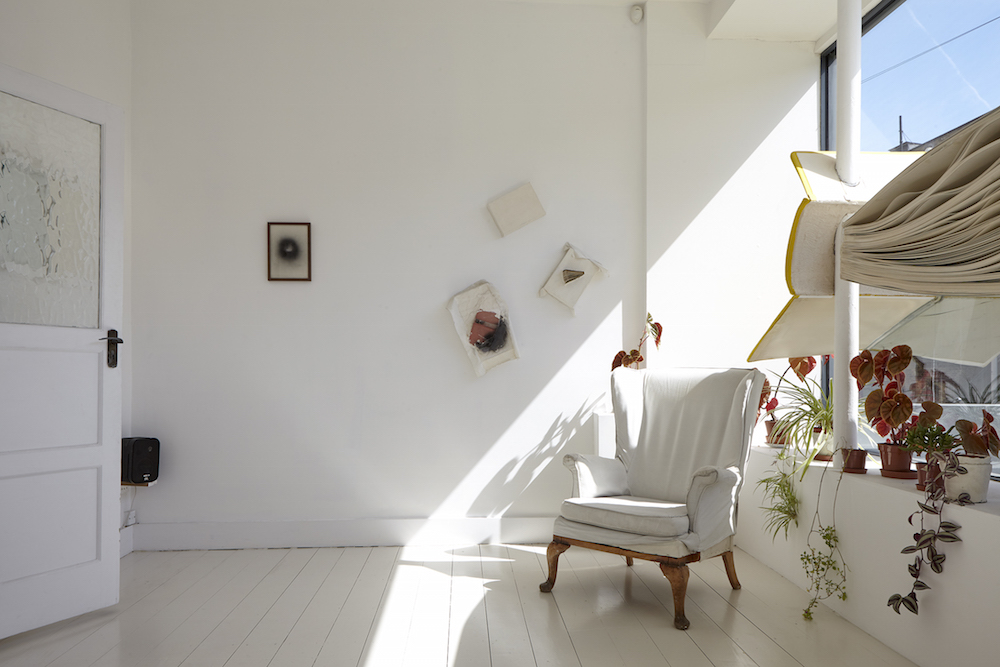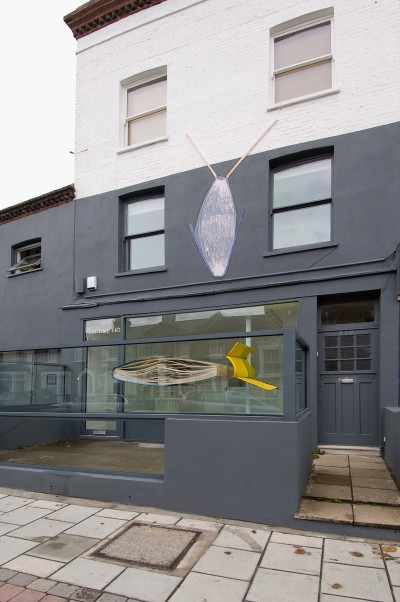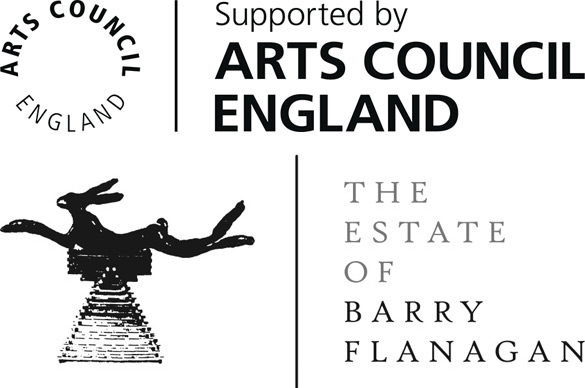Flat Time House (FTHo) was the studio home of John Latham (1921-2006), recognised as one of the most significant and influential British post-war artists. In 2003, Latham declared the house a living sculpture, naming it FTHo after his theory of time, ‘Flat Time’. Until his death, Latham opened his door to anyone interested in thinking about art. It is in this spirit that Flat Time House opened in 2008 as a gallery with a programme of exhibitions and events exploring the artist's practice, his theoretical ideas and their continued relevance. It also provides a centre for alternative learning, which includes the John Latham archive, and an artist's residency space.
OPENING HOURS
Thursday–Sunday 12–6pm for temporary exhibitions
Open by appointment at other times. To view work by John Latham or to visit the John Latham Archive between exhibitions and events, please email [email protected] or call 02072074845 to arrange an appointment.
GETTING HERE
Peckham Rye – Overground / Rail
East Dulwich – Rail
Free parking is available on roadside in some bays at weekends and from 11am onwards on weekdays


Photos: Ken Adlard
FLAT TIME I-IO
Latham’s art extended the boundaries of nearly every artistic genre conspicuous in Western art from the 1960s, including sculpture, installation work, paintings, film, land art, engineering, found-object, assemblage, video, performance happenings and theoretical writings. His work became increasingly driven by theoretical questionings. He believed the non-linguistic media of art were the keys to resolving society’s conflicted relationships with objects, money and possessions. He proposed a shift towards a time-based cosmology to compensate for our sensory, spatially-dominated view of the world. Latham passionately believed that this would free the mind, language and pedagogy from dangerous specialisations and inevitable divisions. He developed a theory of time - ‘Flat Time’ - relating the notions of time-base, passing time and the atemporal.
The name of the house derives from Latham’s theoretical language, in which ‘Flat Time’ describes the way in which time and all possible events can be represented by the length and width of a flat canvas, demonstrated in works including Time-Base Roller (1972, Tate Collection). A giant cantilevered book entitled How the Univoice is Still Unheard emerges through the glass frontage of the building. Inside, Latham assigned the rooms with the anthropomorphic attributes of the living body, with the aim of taking us on a physical and metaphorical journey. The book sculpture inside/outside is the Face, a small front gallery (housing more of Latham's works related to time) is the Mind, an office centre and archive is arranged as the Brain, and the large gallery/studio space represents the Hand. Latham's wall spray artworks in the long gallery joining the Brain to the Hand encourage us to make ‘the shift’, emphasising Latham's eternal drive to find new ways of thinking and working. The kitchen/living room, bedroom and bathroom represents the internal organs, which Latham described as the Body Event, or ‘plumbing’.
Flat Time House aims to make a wider audience aware of Latham's work and ideas, his spirit of discovery, and through his example to understand and appreciate the crucial role of art and the artist in society. We focus particularly on subject areas that deal with this concern thematically; time and temporality; art and science; language; and value and belief systems. This is demonstrated though an original artistic programme that includes exhibitions, experimental curating, workshops, screenings, publications, artists' residencies, event-based performances and education events. We aim to facilitate new discoveries and research into the fields of experimental art from the 1950s onwards in Britain and beyond, as well as to support the work and thinking of emerging artists and curators by creating a safe space in which to experiment.
CONTACT US
General Enquiries
Tel. 0207 207 4845
STAFF
Curator/Director
Gareth Bell-Jones (he/him)
Associate Curator
Mary Vettise (she/her)
London Residency Network Coordinator
Jessie Krish (she/her)
LRN enquiries can be sent to Jessie via:
Associate Researcher
Elisabeth Del Prete (she/her)
Enquiries can be sent via:






board of Trustees
Flat Time House is supported by a board of trustees who are May Anderson, Vittoria Bonifati, Laure Genillard, Rye Dag Holmboe, John-Paul Latham, Ellie Porter, Laure Prouvost and Andrew Wilson.
Accessibility
Accessibility to all spaces in Flat Time House is limited by its prior function as a small private home and the restriction to architectural alterations that can be made to the space.
The front gallery is accessible via a portable ramp from the street which we provide. The garden can be accessed via a side entrance from the street and from there the studio, research space, and rear gallery can be accessed via ramp. The rear gallery is entered via a 77cm (30 1/4'') doorway. The kitchen area can be accessed via ramp from the street but accessibility is limited by a 68cm (26 3/4'') interior doorway.
Please phone us in advance of your visit.
For more detailed information on accessibility please call Flat Time House on +44 (0)207 207 4845 or email [email protected]
Registered Charity No. 1132401